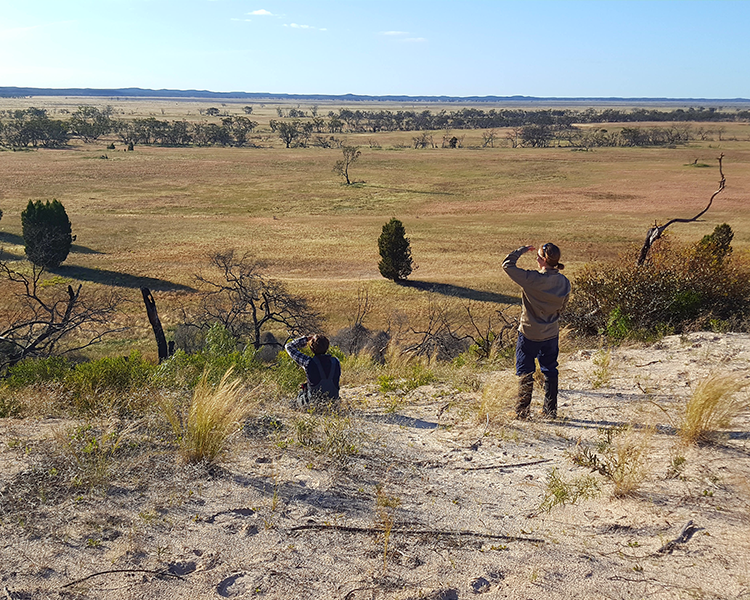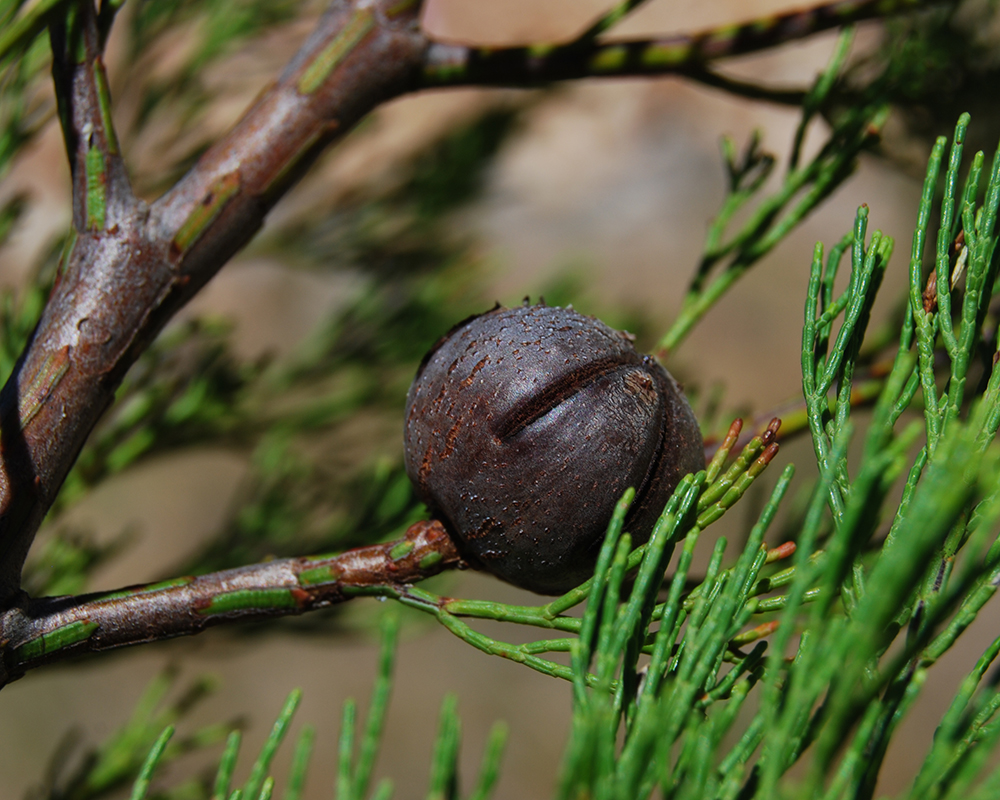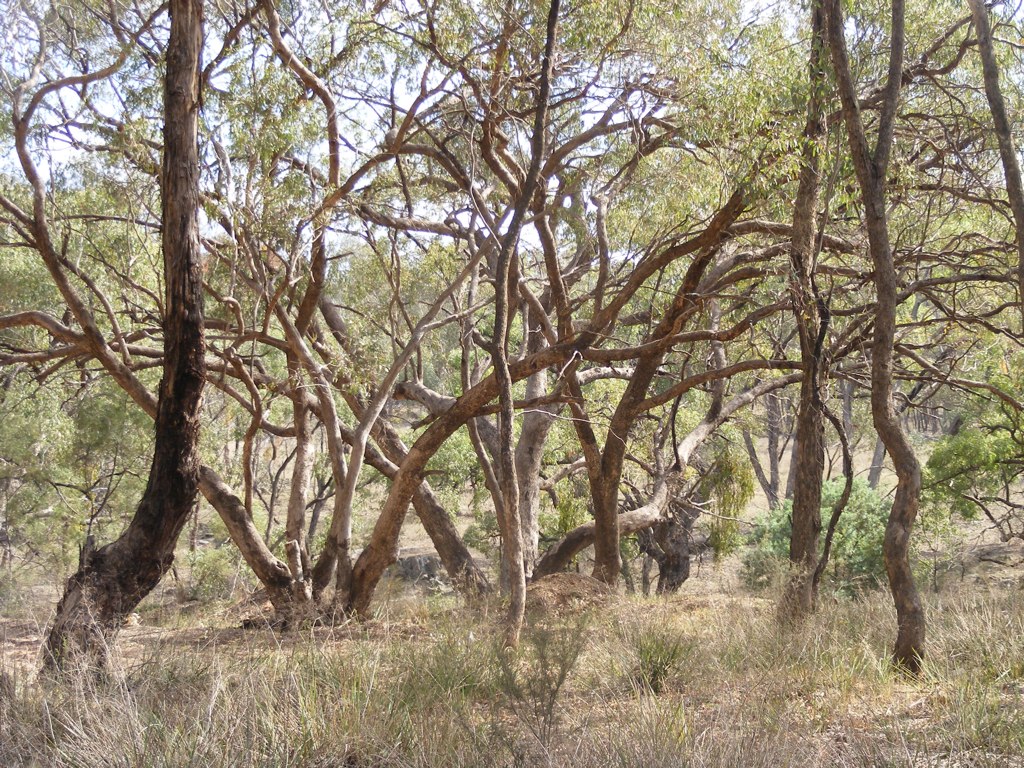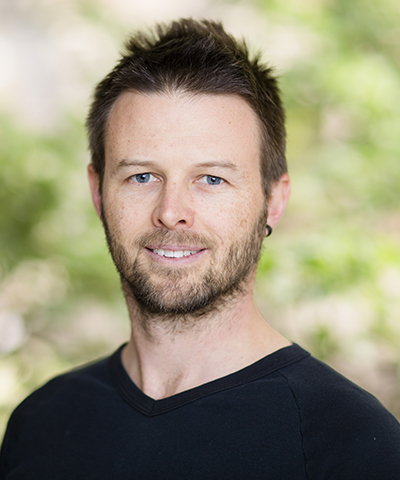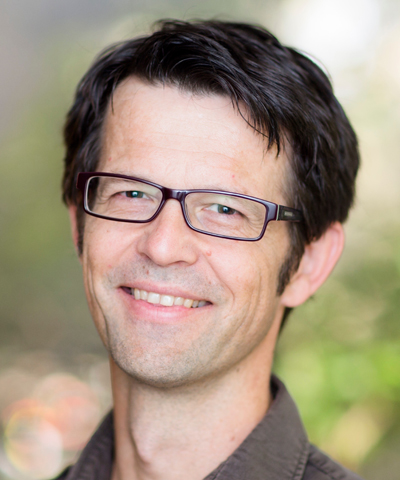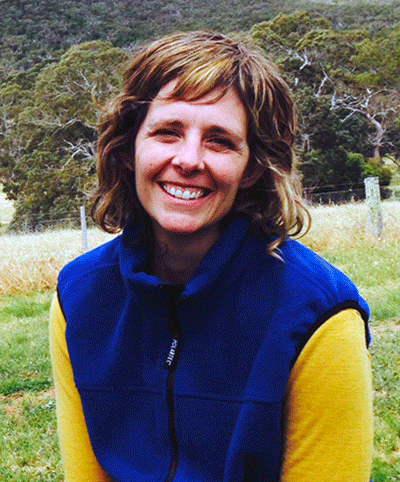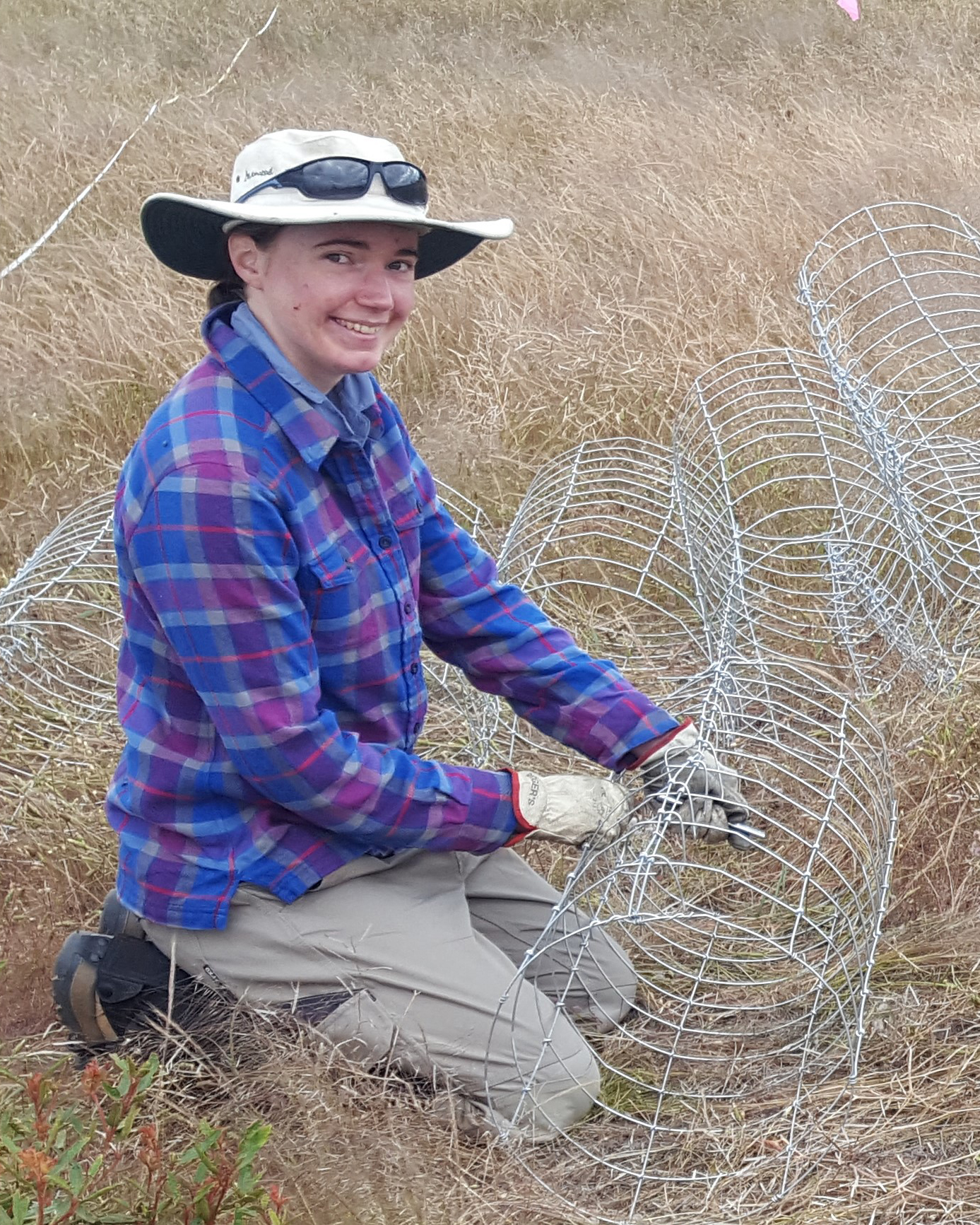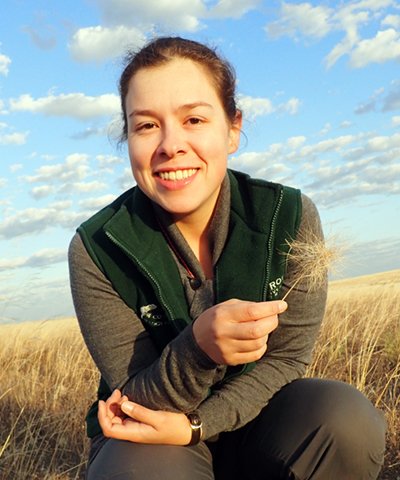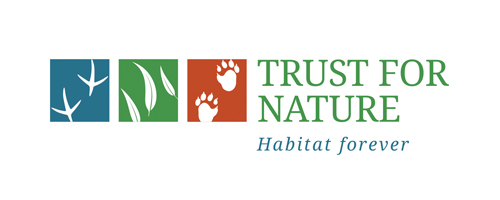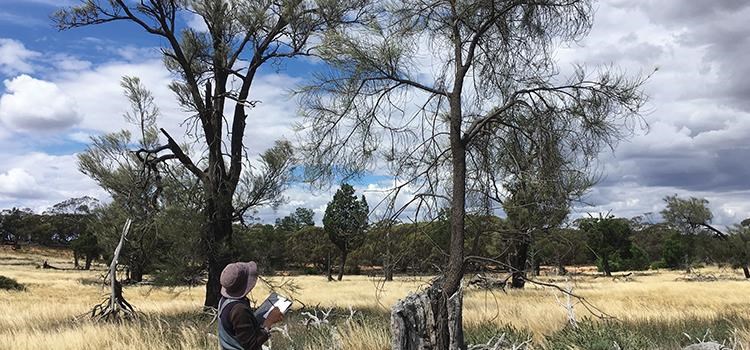
Project: 1.2.2
Adaptive management of endangered Buloke woodlands
Project Leaders: David Duncan , Peter Vesk , Libby Rumpff
Research in Brief
Buloke Woodlands were once widespread in Mallee regions of south eastern Australia but have been extensively cleared and degraded by grazing and cropping.
Remaining patches within National Parks are degraded and failing to regenerate. Grazing by kangaroos, rabbits and goats is considered the major barrier to regeneration but the current grazer control regime has failed to yield the desired result.
The project team is working with Parks Victoria to investigate why key species are not regenerating and to test management techniques that could improve the recovery of this endangered ecological community.
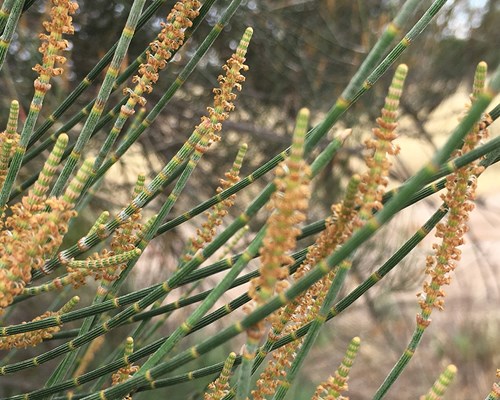
A flowering male buloke (Allocasuarina luehmanni). Image: David Duncan
Why is the research needed?
The ‘Buloke Woodlands of the Riverina and Murray Darling Depression Bioregions’ (also called Buloke Woodlands or Pine-buloke Woodlands) is an endangered Threatened Ecological Community.
Once widespread in the dune swales and former floodplains of Mallee landscapes in South Australia, Victoria and New South Wales, the woodlands were important habitat for many mammal species such as woylie, red-tailed phascogale, bridled-nail-tailed wallaby, and dingoes which are now regionally extinct. After European settlement, Buloke Woodlands were extensively cleared and degraded by livestock grazing and cropping.
Three of the largest remnants have been reserved within the Mallee National Parks of North Western Victoria. Park managers hoped the remnants would regenerate once livestock were removed and rabbits brought under control, but this has not happened.
The dominant tree species: of the community in the mallee parks: buloke (Allocasuarina luehmannii), and slender cypress pine (Callitris gracilis), are aging and there are few seedlings and saplings coming up to take their place. The lack of buloke recruitment is even more perplexing as it regenerates readily in other parts of the country. Whilst recruitment failure of the woodlands’ structurally dominant species is a major concern, many characteristic small shrubs and herbs are also missing or at very low levels.
Given that suitable climatic conditions have been occurring from time to time, park managers believe that grazing and browsing by rabbits, kangaroos and goats is now the main barrier to regeneration. Managers have contained these herbivores at or below target levels for considerable periods, but regeneration is not occurring.
Meanwhile, direct seeding and replanting attempts have had little success. In order to conserve the community a breakthrough is required. Restoration will be far more difficult and expensive once the trees stop producing seed.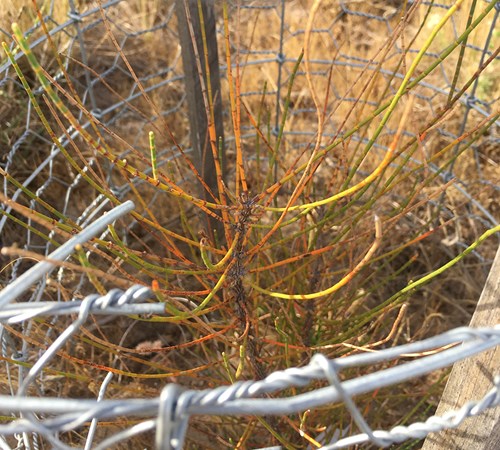
A buloke seedling guarded to exclude all grazers. Photo: David Duncan
How will the research help?
The project will investigate why Buloke Woodlands are failing to regenerate and will test a variety of management techniques which could aid recovery in an adaptive and cost-effective manner. The research will:
- Investigate the factors associated with survival of seedlings and saplings of the structurally dominant tree species.
- Investigate the relationship between grass availability and seedling grazing pressure, and develop a ‘grazing threat model’ to identify the times and locations when seedling survival is most at risk, and grazer management is most needed.
- Critically examine monitoring data for kangaroo and rabbit numbers to estimate threat levels and management options for these presumed drivers of seedling mortality.
- Develop an ecological model which combines key threats, management actions and desired ecological outcomes, to support strategic planning and resource allocation for Buloke Woodlands.
- Test options for integrated management and monitoring of kangaroo populations within Buloke Woodlands.
This project connects to a long tradition in the mallee parks of research linked to management concerns regarding woodland condition, regeneration failure and herbivore management.
The project team is collaborating closely with Parks Victoria to ensure that findings: help park managers to develop an effective strategy to regenerate important species within the community; and ensure cost effective allocation of resources by identifying the type, time and location of activities most likely to achieve woodland regeneration.
Research results will also be integrated into Parks Victoria’s Total Grazing Management Plan and Conservation Action Planning (CAP) process for the Mallee Landscape. The findings will also benefit recovery of Semi-Arid Woodland communities in the parks and at Ned’s Corner which is managed by Trust for Nature.
What research activities are being undertaken?
Research activities include:
- Combining new and existing research into ecological models, which link potential management actions with seedling recruitment and survival outcomes.
- Large scale field experimentation involving 1275 hand-planted buloke saplings to test how landscape position, grazing animal activity and selective grazing animal exclusion influences survival.
- Reviewing factors associated with survival of buloke, callitris and hakea seedlings planted in 2015 and 2016 under the 20 Million Trees and Biofund programs at Pine Plains, Pink Lakes, Taparoo, Ned’s Corner and Lake Albacutya.
- Developing methods to monitor grass biomass availability from remotely-sensed satellite imagery, and developing a model that links this with kangaroo grazing pressure.
- Develop a spatial and temporal model of accumulated rabbit observations for Wyperfeld NP to enable tracking against control targets and to identify locations and times for optimal seedling protection and establishment.
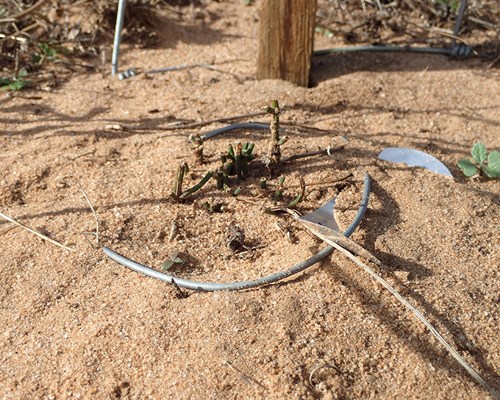 Seedling with guard to exclude roos but allow rabbits. Photo: Ami Bennett
Seedling with guard to exclude roos but allow rabbits. Photo: Ami Bennett
Who is involved?
The research is being led by the University of Melbourne. The team is collaborating closely with Parks Victoria, which is the largest manager of this woodland community, and Trust for Nature.
Where is the research happening?
The research is happening in the Mallee national parks of North Western Victoria particularly Wyperfeld National Park, and also at Ned’s Corner which is managed by Trust for Nature.
When is the research happening?
The project will run from 2018 to 2020.
More Information
For more information contact:
Dr David Duncan - david.duncan@unimelb.edu.au
Top image: Why the woodlands are failing to regenerate is being investigated. Photo: David Duncan
